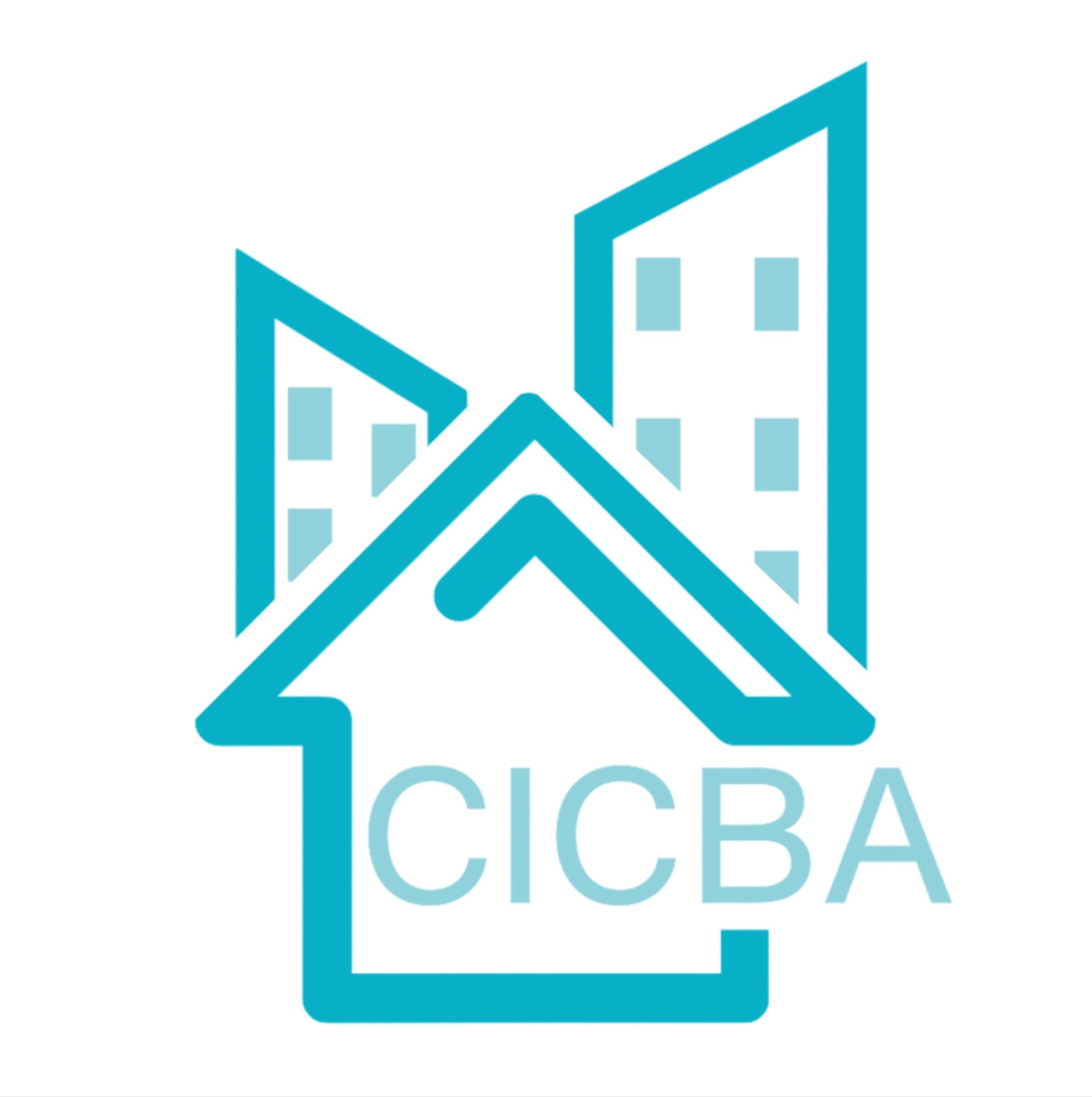Jun 1, 2021
Bathrooms and kitchens are the hardest working machines in the home. They offer the most return on investment during a renovation if you plan to sell your home. But more importantly, they make your home function. There is a lot of pressure to get this right, so here are some ways to make sure you are prepared for your bathroom renovation and make it a success.
A full bathroom renovation takes a minimum of four weeks once construction begins. That timeline does not include the lead times required for custom materials. More detailed designs, steam showers, specialty fixtures, or intricate tile patterns can add extra time.
The quick transformations often seen on television or social media gloss over the logistics behind the scenes. Trades need access at the right times. Materials must arrive as scheduled. Waterproofing needs to cure. Tile setting is an art, not a race. When you understand the rhythm of the work, expectations stay grounded and the process feels more manageable.
The bathroom may be a small room, but it carries dense layers of detail. Plumbing, ventilation, flooring, tile, millwork, mirrors, lighting, and all the finishing touches add up. When aiming for clean lines and timeless execution, material quality and craftsmanship will influence cost.
Seamless countertops, hidden storage, and minimal transitions require forethought. Large stone slabs, for example, need special handling and skilled trades to install them properly. Even something as simple as choosing the sink will impact the budget. There is a wide range of pricing, depending on the size, finish, and installation requirements. The same applies to faucets, tiles, cabinets, and lighting.
A well-planned bathroom renovation blends splurge pieces with economical choices so the space feels refined without excess. When done thoughtfully, an updated bathroom can also support your home’s resale value, as ensuite bathrooms and kitchens are the spaces that most influence potential buyers.
Renovation often involves uncovering the past. Even with careful planning, scans, and inspections, there are conditions inside walls and floors that cannot be confirmed until demolition begins. Older homes, especially, may reveal different plumbing routes than expected, previous DIY attempts, or older building materials that require special handling.
If your home was built before 1993, asbestos testing may be required to ensure the safe removal of existing materials. This is standard practice. Preparing a contingency budget, both financially and mentally, will save stress. The right contractor or designer will explain these possibilities early, so surprises feel manageable rather than disruptive.
Bathrooms are daily workhorses. How you use the space should guide the design. Consider the flow of your morning and evening routines. Do two people get ready at the same time? Is storage a priority? Where would it be most beneficial? Would a bench in the shower be appreciated? Have you always wanted a steam shower? Would a freestanding tub bring joy or simply take up space?
If you plan to sell soon, design decisions will lean toward widely appealing choices. However, if you intend to stay long term, incorporate features that matter specifically to your lifestyle. A custom vanity designed to house exactly what you reach for each morning brings ease that continues every single day.
If you’re planning to remain in your home as you age, think about subtle features that support comfort over time. A built-in shower bench, wider clearances, and thoughtful lighting placement can make a world of difference while still feeling considered and beautiful.
Bathrooms are among the most common places for slips and falls in the home. Water, tile, and movement create the perfect conditions for an accidental tumble. Designing with safety in mind is simply practical. It does not mean compromising on aesthetics.
Textured tiles can reduce slickness underfoot. Handrails can be designed to double as elegant towel bars. Rounded edges, well-placed lighting, and slightly higher toilet seats can all be integrated seamlessly. The goal is to create a space that supports every stage of life, without looking clinical or retrofitted.
Good design anticipates change and makes those adjustments feel natural.
Taking the time to think through timeline, budget, unknowns, function, and safety sets the stage for a renovation that feels considered, calm, and satisfying. Bathrooms may be compact, but they hold so much of our daily rhythm. When planned with care, they become places of comfort and connection, morning to night.








